Hugh Thompson was a United States Army Major and a former warrant officer in the 123rd Aviation Battalion of the 23rd Infantry Division who helped end the My Lai Massacre of the South Vietnamese village known as Sơn Mỹ on March 16, 1968. In harsh times, heroes are ordinary men doing extraordinary things. To do something like that in the whirlwind of war was downright insane, and that’s exactly what he did.
Introduction
My Lai massacre was a bloody stain of the Vietnam War, but one man changed the course of the battle and went from traitor to hero. Having redeemed himself for other people’s mistakes, his heroic act was written in US Military history.
The daring act of a man in defiance of combat differences in saving unarmed civilians from being deliberately butchered by his own side while under combat orders. Hugh Thompson’s defiance and courage with that of his crew had given a new lease of life to others that they saved and will be remembered by all in the face of Humanity and History.
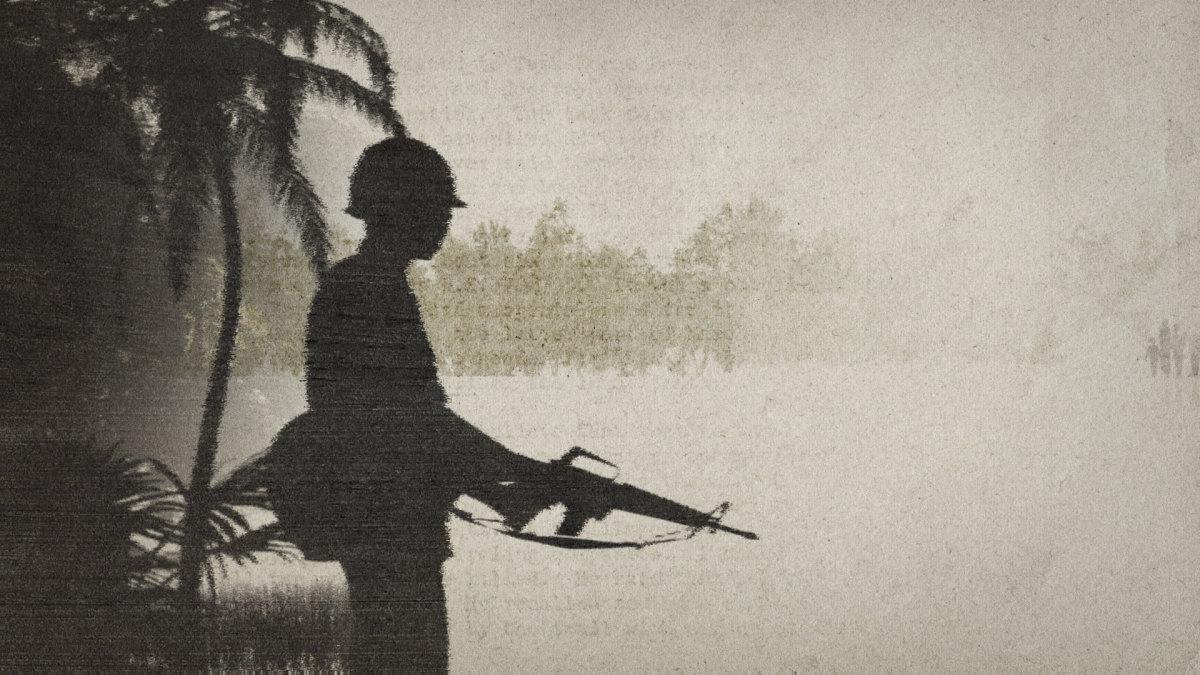
Early life
Hugh Clowers Thompson Jr. was born on April 15, 1943, in Atlanta, Georgia, United States, to Wessie and Hugh Clowers Thompson. Hugh Clowers Thompson Sr. was an electrician who served in the United States Navy during World War II. Thompson’s father played a central role in his children’s education. He educated his children to act with discipline and integrity.
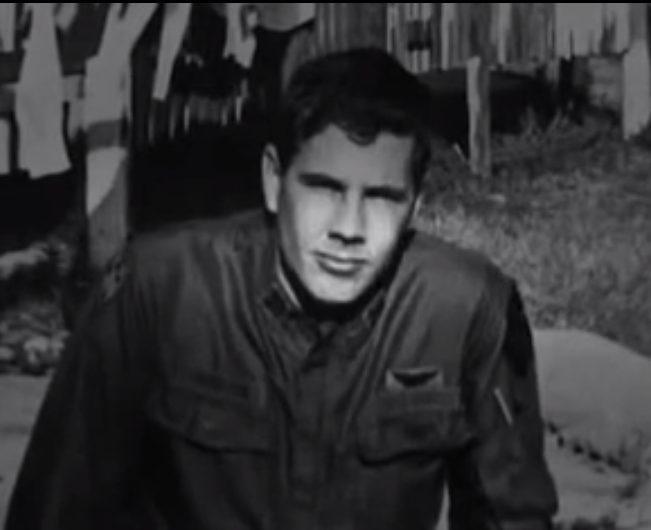
Hugh Thompson Jr. graduated from Stone Mountain High School on June 5, 1961. Following graduation, he enlisted in the United States Navy and served in a naval mobile construction battalion at Naval Air Station Atlanta, Georgia, as a heavy equipment operator. In 1964, Thompson received an honorable discharge from the Navy and returned to Stone Mountain to live a quiet life and raise a family with his wife. He studied mortuary science and became a licensed funeral director.
Thompson felt obliged to return to military service when the Vietnam War began. In 1966, Thompson enlisted in the United States Army and completed the Warrant Officer Flight Program training at Fort Wolters, Texas, and Fort Rucker, Alabama. In late December 1967, at the age of 25, Hugh Thompson was ordered to Vietnam and assigned to Company B, 123rd Aviation Battalion of the 23rd Infantry Division.
My Lai Massacre
Hugh Thompson Jr. was a twenty-five-year-old helicopter pilot and Army warrants officer. On March 16, 1968, he was flying a mission in Vietnam and came across a large number of dead civilian bodies; and in pursuing surveillance, he discovered that those civilians had been killed, and the survivors were still under fire, by American forces.
Company C (Charlie Company), 1st Battalion, 20th Infantry Regiment of Task Force Barker, led by Captain Ernest Medina, moved into Sơn Mỹ. Upon entering Sơn Mỹ, officers and soldiers of Company C moved through the Song My Village and vicinity, murdering civilians, raping women, and setting fire to huts. 1st Platoon of Company C, commanded by Lieutenant William Laws Calley Jr., forced approximately 70–80 villagers, mostly women and children, into an irrigation ditch and murdered the civilians with knives, bayonets, grenades, and small arms fire.
Upon seeing that, Hugh Thompson landed the helicopter, approached Calley, and talked to him. In front of Lt. Calley, Hugh Thompson was outranked. He ranked higher than a warrant officer. Calley told Thompson that he was following orders, presumably from Capt. Medina and maybe higher.
Thompson was more experienced than Lt. Calley, more ethical, more talented, and brighter, and probably recognized Calley didn’t know what he was doing. He tried to persuade him to stop the attack but with no success. Some of Calley’s men didn’t follow Calley’s orders and did nothing. So, he decided to do something.
Hugh Thompson and his crew rescued a surviving child whom they flew to the nearest field hospital. They also led as many surviving civilians as they could to shelter. They landed their helicopter between the American forces and the civilians, and they trained their guns on the advancing Americans. They also reported the massacre to higher officers, who ordered the troops on the ground to stop.
When it was all over, hundreds of unarmed civilians had been murdered by American forces. Still, Thompson had saved civilians who would have been killed if he had not intervened.
Hugh Thompson’s actions may be unique. Where else in history has a massacre of civilians been stopped in the middle of the massacre? Thompson risked his life and career and had Lt. Calley shoot him. There was no time to get an ethics opinion or consult authorities. Thompson acted more instinctively, given his morals, character, and military training.
Aftermath
The Army covered it up, but the facts eventually came to light and the responsible officer, Capt. Ernest Medina and Lt. William Calley were court-martialed. Calley was convicted, and Medina was acquitted. Thompson continued to fly and was hit eight times, in four of which incidents the aircraft was lost.
In the last incident, his helicopter was brought down by enemy machine-gun fire, and he broke his back in the resulting crash landing. This ended his combat career in Vietnam. He was evacuated to a hospital in Japan and began a long rehabilitation period.
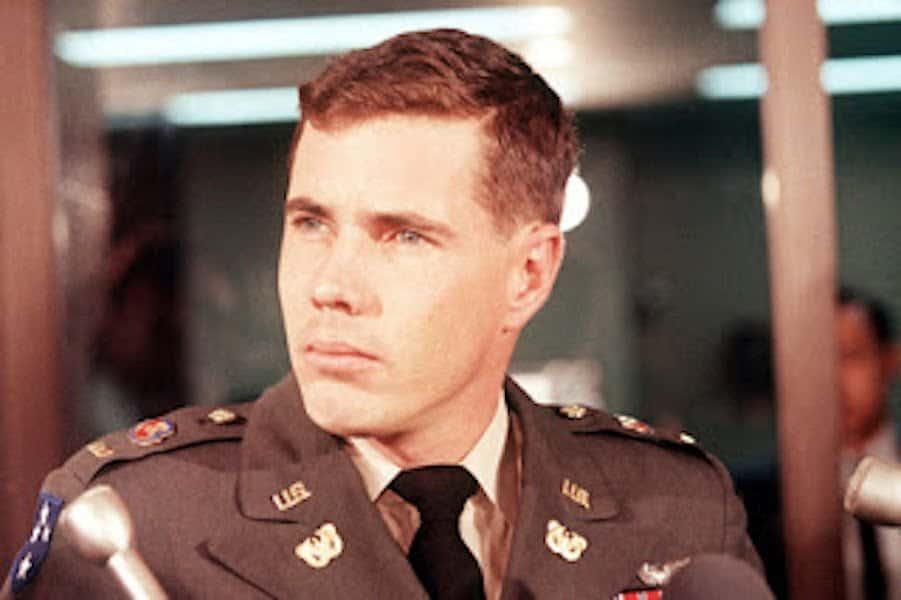
Thompson was later promoted to Major, but Thompson was a Warrant Officer in his heroic acts. Upon coming home, he got death threats and the like. Some people publicly stated that they felt Thompson was the only soldier at My Lai who should be punished (for turning his weapons on fellow American troops) and wanted to see him court-martialed for his actions at My Lai.
Awards and recognition
In 1998, 30 years after the massacre, Hugh Thompson and the two other crew members, Andreotta and Colburn, were awarded the Soldier’s Medal (Andreotta posthumously), the United States Army’s highest award for bravery not involving direct contact with the enemy. They were finally recognized for the heroic act they did. They were true American heroes.
Thompson and Colburn returned to Sơn Mỹ to meet with survivors of the massacre at the Sơn Mỹ Memorial in 1998. In 1999, Thompson and Colburn received the Peace Abbey Courage of Conscience Award.
Death
At the age of 62, after extensive cancer treatment, Thompson was removed from life support and died on January 6, 2006, at the Veterans Affairs Medical Center in Pineville, Louisiana. Colburn came from Atlanta to be at his bedside. Thompson was buried in Lafayette, Louisiana, with full military honors, including a three-volley salute and a helicopter flyover.
On February 8, Congressman Charles Boustany (R-La.) made a statement in Congress honoring Thompson, stating that the “United States has lost a true hero, and the State of Louisiana has lost a devoted leader and dear friend.
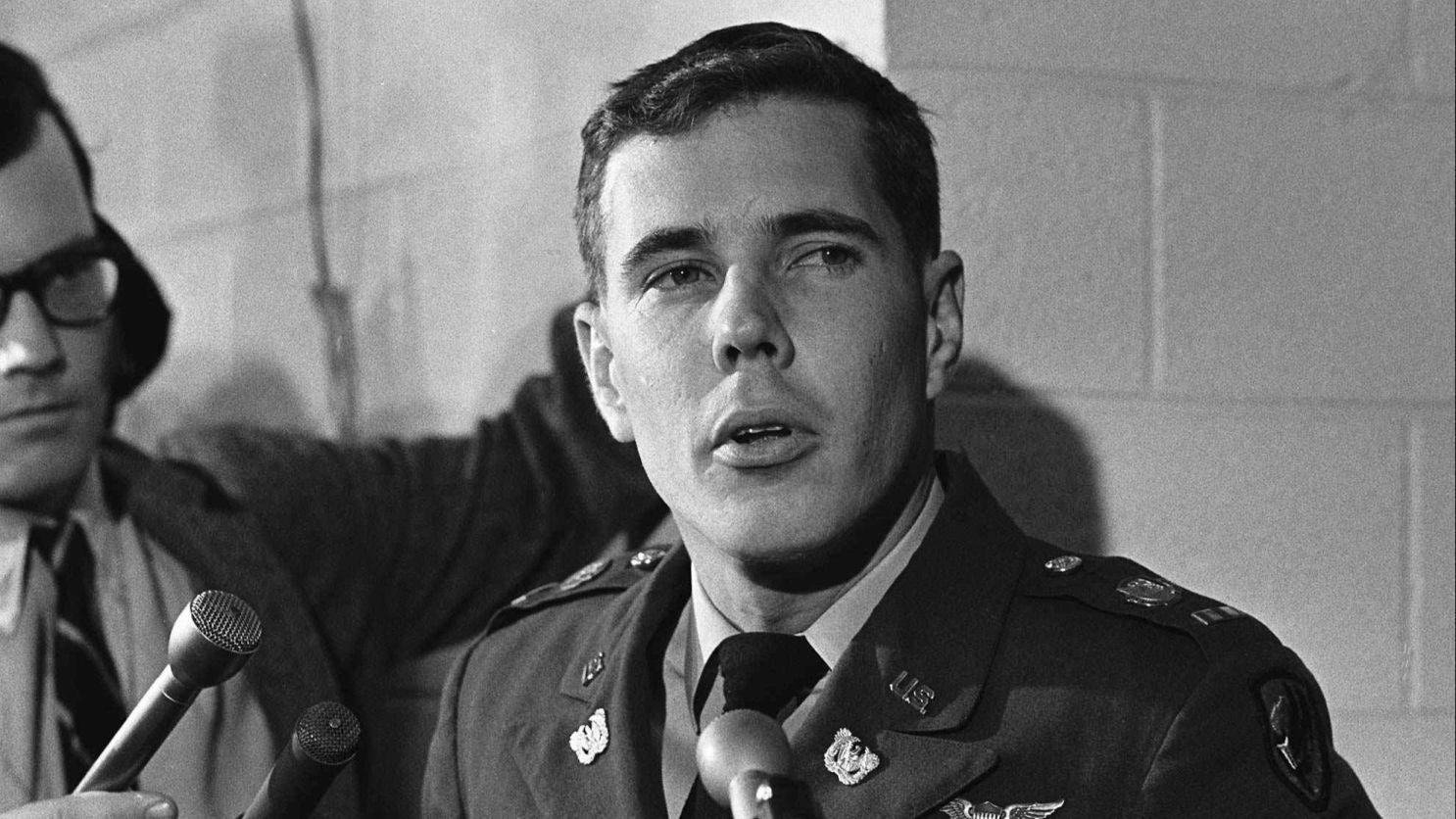
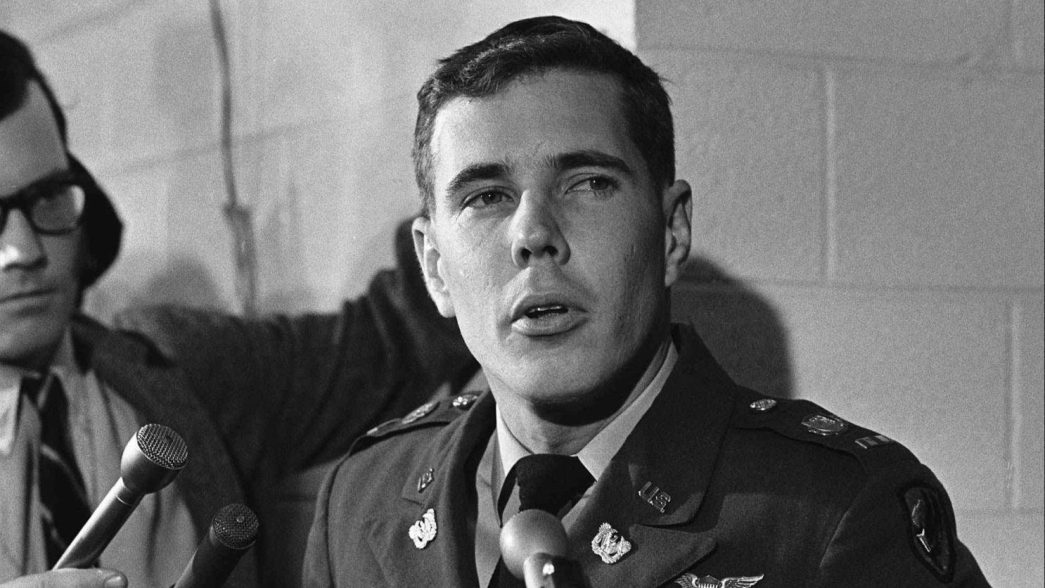
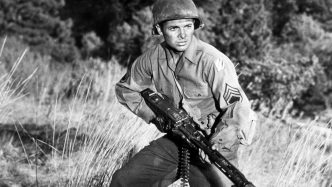
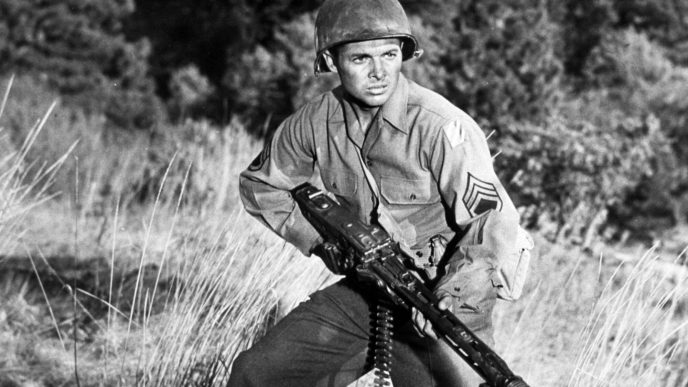
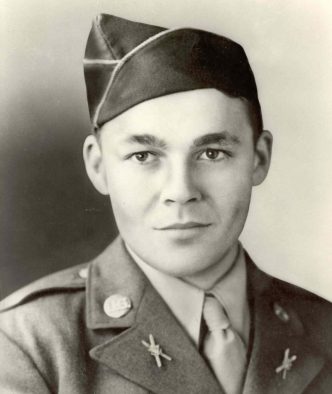
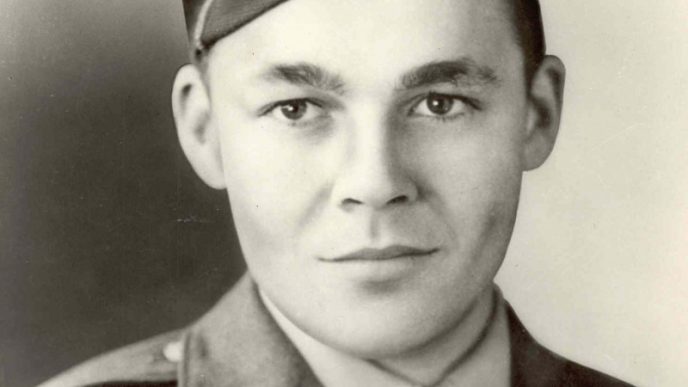
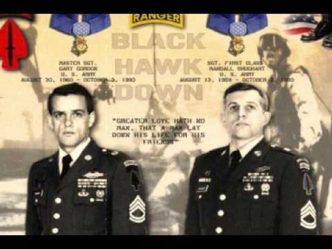
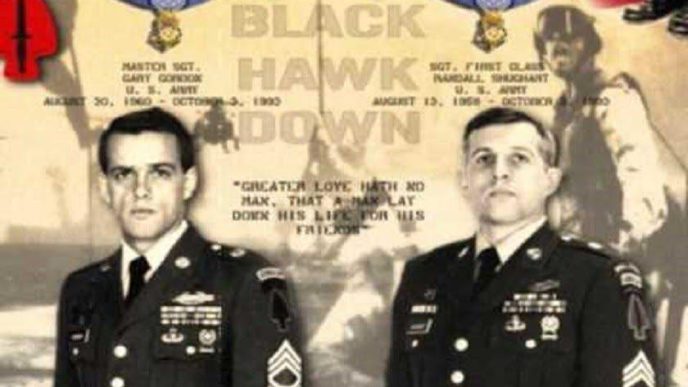
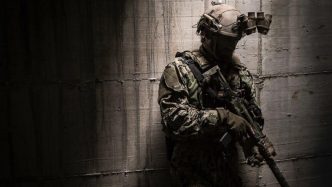
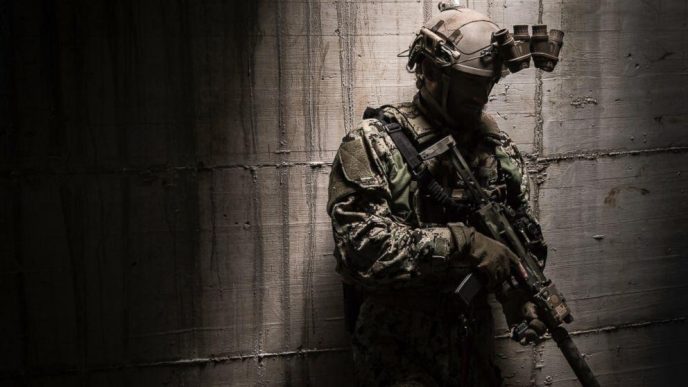
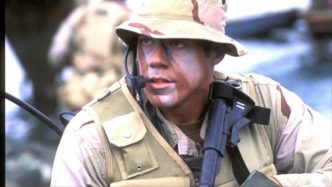
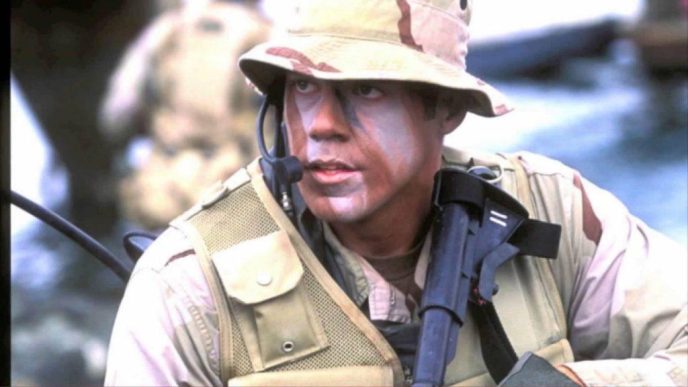
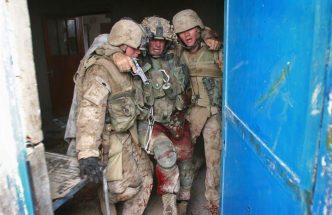

WE HAVE GOOD SOLDERS ALSO
Mr. Thompson, you and Mr. Colburn are indeed the heroes in this sordid story and I am ashamed at how they were treated. Thank you both for being of upstanding and outstanding moral character and having the backbone to stand up for what you know is right! You are the ones that deserve to be called American Soldiers. I am sorry this world has lost you. Unfortunately, Lt. Calley and the rest of Company C never paid the price for the atrocities they committed. Justice, if it could ever be achieved in this case, would have been to line each and every one of them up in front of a firing squad and start shooting from the knees up. As United States citizens, as representatives of the one country in this world that is supposed to protect human life, they are ones to be ashamed of, to be shunned, to be branded traitors. As we found out from the farce of justice being served via trials of the monsters responsible, politicians and their cronies can’t be trusted either. How many of them went on to draw military pay and benefits? How many of them were paid and paid well to rape and murder innocent babies, children, women and men? The My Lai Massacre was and still is a huge, shameful event that will be hard for several generations to get past. Fortunately for the monsters that committed these crimes against everything that is good, the generations that remember this (I remember the headlines and I was only 11 years old) are dying off and the current generations of American citizens think the world revolves around them and can’t see past the end of their cell phones. The monsters involved in this Massacre are surely going to hell no matter if they’ve led a squeaky-clean life since then. For the sake of any kind of lame justice, they should have been put to death for their atrocities.
What a Guy…
He is an amazing person made me cry just reading the research about him
it’s a shame that their story isn’ t known around the world. Mr Thompson is a symbol of disobeying unjust orders and enduring public hatred for doing what is right. We will remember them.